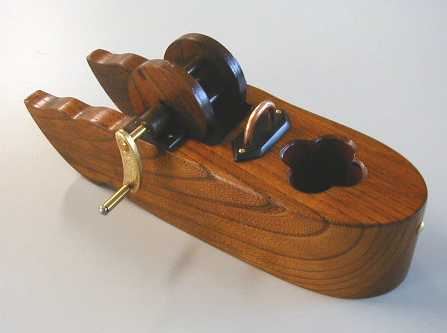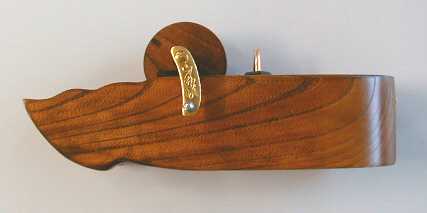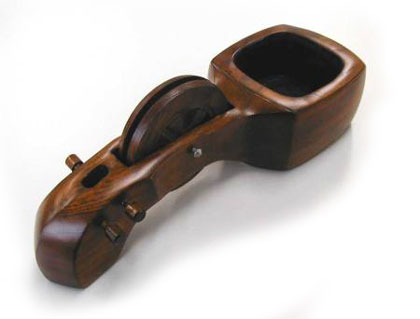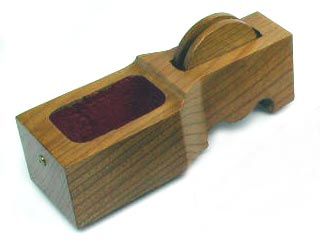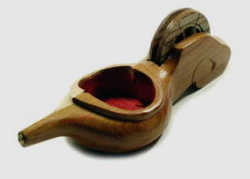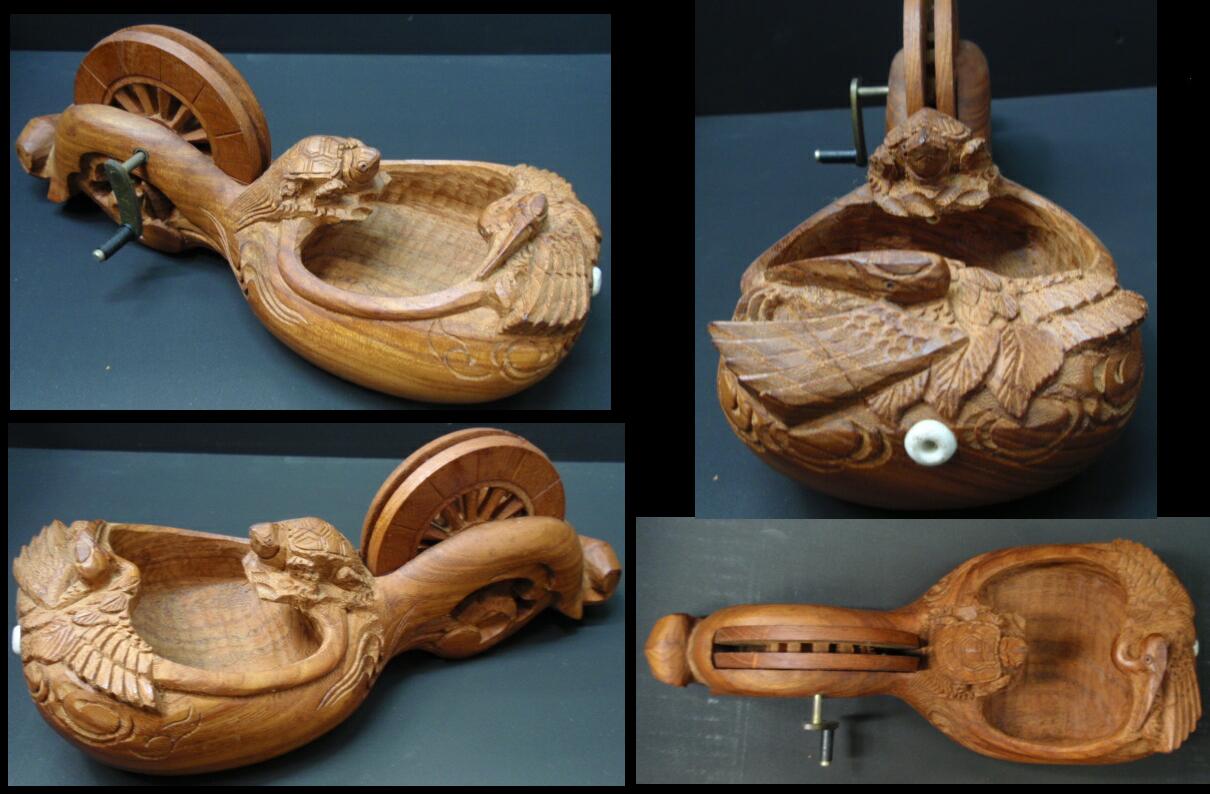Are there places selling parts for a sumitsubo? I have lost the crank for the line spoel and am not having any luck finding its replacement. I like the little icon stamped into it so would rather not go the route of improvising something when there is an alternative.





 Reply With Quote
Reply With Quote

